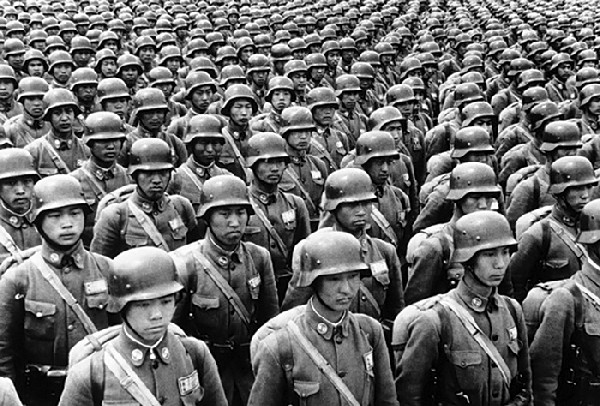
Unfinished Modernization: The Greek Armed Forces in 1940
Content
The role of the regimental gun in the Greek army was performed by the French 65-mm mountain gun.
The weakness of the Greek armed forces on the eve of the Italian aggression on October 28, 1940 was the lack of modern weapons and military equipment. However, their strengths are a well-developed mobilization plan and the high morale of the soldiers.
In the interwar period in Greece, in addition to the military ministry, there were three ministries of certain types of armed forces: ground forces, navy and military aviation. These ministers reported to the king as commander in chief. The direct command of the troops was carried out by the chiefs of the general staffs of the armed forces. In peacetime, there were about 90 people in Greece. soldiers in active, professional and military service.
Strength in the infantry
After the catastrophic defeat in Asia Minor in 1922, the Greeks had to rebuild a significant part of their ground forces during the war with Turkey. In peacetime, the Greek army (Ellinikós Stratos) numbered 80 men. soldiers. The main tactical link was the infantry division (Merarchia Pezikou); by 1935 there were twelve in the Greek army. In 1936, the number of peacetime infantry divisions was increased to fourteen. At that time, the most important unit was the Infantry Regiment (Syntagma Pezikoú). At the end of the 30s, there were 39 regiments in the Greek land forces.
Until 1935, the Greek Army had two cavalry brigades (Taxiarchíes Ippikoú). After the reorganization, a cavalry division (Merarchia Ippikoú) was created. In total, in the ground forces at the end of the 30s, according to John Carr in his book The Defense and the Fall of Greece 1940-1941, there were 10 cavalry regiments, including one motorized. In addition to the divisional artillery regiments, in peacetime there were two more light artillery regiments and four heavy artillery regiments subordinate to the army corps. After 1935, four anti-aircraft artillery regiments were formed. The engineering troops also had four regiments.
The organizational and staffing structure of individual peacetime divisions was very diverse, since they had from one to four infantry regiments, but most often three. Some of them had frontier troops, including the crews of the fortifications along the border with Bulgaria, known as the Metaxas Line. During the interwar period, all Greek infantry units were trained to operate in the mountains. Fire support at the regimental level was provided by 65 mm mountain guns, 81 mm mortars and heavy machine guns. The infantry division had an artillery regiment. In peacetime, the armament of these units was not uniform. The regiment could have 16, 20, 22, but most often 24 guns or 75- and 105-mm howitzers. The exception was the 50th Infantry Artillery Regiment in Epirus, which, due to the large area that had to be defended, had more than 2 cannons, machine guns (4) and anti-aircraft guns (XNUMX).
The cavalry division had a cavalry brigade consisting of three cavalry regiments and an artillery squadron, a unit of machine guns and sappers. It also included the only motorized cavalry regiment in the army, equipped with more than 160 vehicles. The division included anti-aircraft artillery units with 20- and 37-mm guns.
